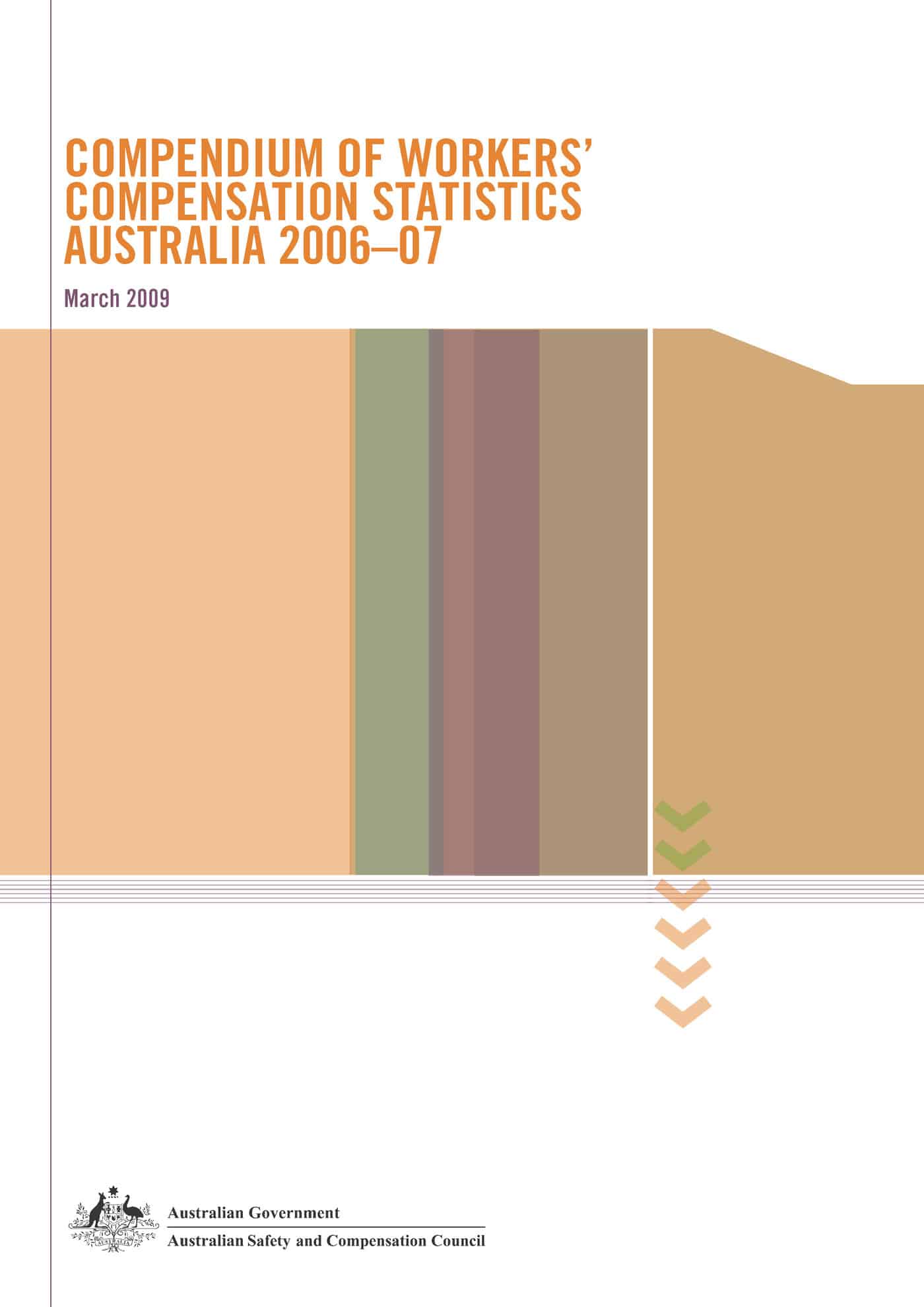Around 18 months ago the Victoria Government launched WorkHealth, a health prevention program that would be funded from the interest generated from the pool of workers compensation funds. SafetyAtWorkBlog has previously questioned how the program will be funded when its income source is likely to have been severely reduced due to the global economic problems.
On 1 April 2009 WorkCover in South Australia reported a half-year net loss of $313 million. WorkCover CEO Julia Davison said in a media release that
“the global crisis is, as expected, taking its toll. In the last six months stock markets have declined, investors have experienced significant losses, and interest rates have fallen significantly,” she said “Like all investors, WorkCover has been hit hard by the global financial downturn.”
Earlier in March 2009, the Chair of the WorkSafe Board Elana Rubin said
“the significant downturn on the world financial markets and reduction in interest rates had combined to drive a net loss of $1.42 billion for the half year. Whilst interest rate reductions are good news for those of us with mortgages, they have the opposite effect on our scheme – in the half year to 31 December 2008, the unprecedented level of interest rate cuts negatively impacted our net result by $645 million.”
On 1 April 2009 SafetyAtWorkBlog asked John Merritt why WorkHealth was not mentioned as part of his keynote presentation at the Safety In Action Conference. He reiterated the importance of the program in easing the recovery time, particularly, for manual handling injuries but acknowledged that the program’s funding source was based on interest
“from the [$600 million of the assets of the] workers compensation scheme over the next five years ….well there used to be interest from assets – there should be one day, there will be again – around $40 million each year for the next five years will be invested in worker health.”
It is good to hear that the WorkHealth program is going to continue but the fragility of the program’s funding should have been evident in the planning phase. Governments around the world are pulling back on government funded programs in a wide range of areas. Ideas that seem good in the good times are now looking like luxuries. It will be interesting to see if WorkHealth continues in the WorkCover area or moves to Health, where many of its critics have always said it belongs.

